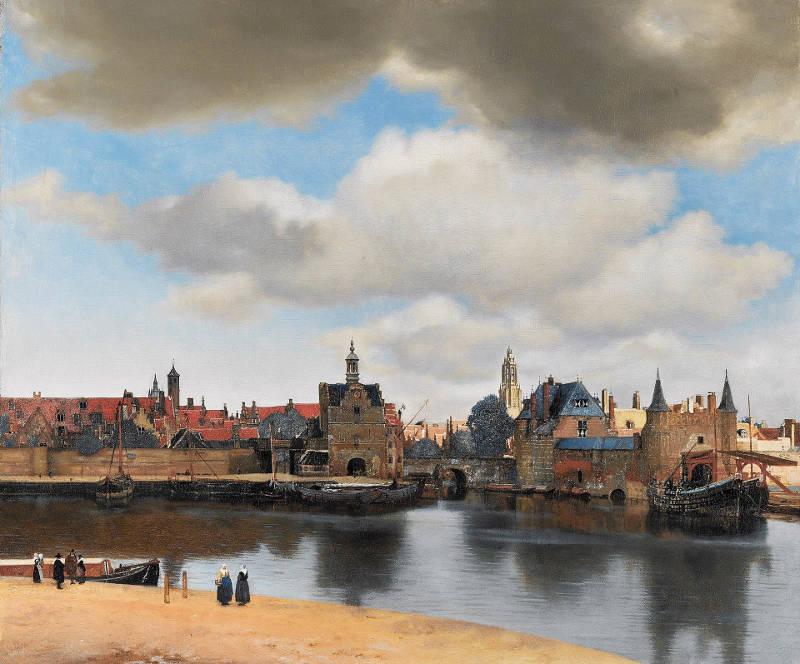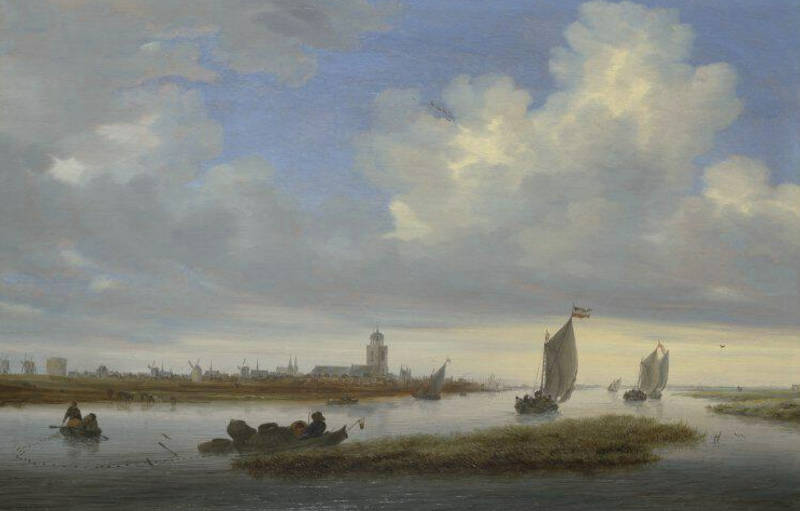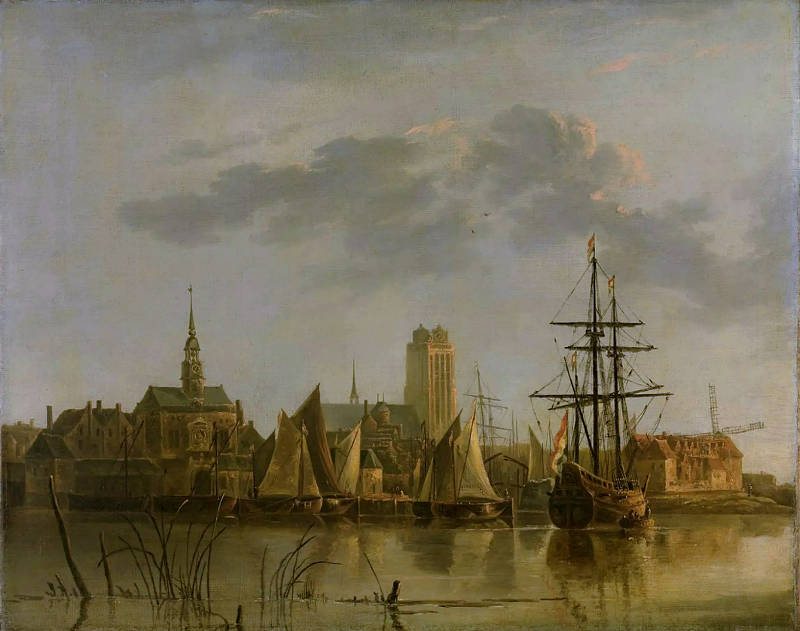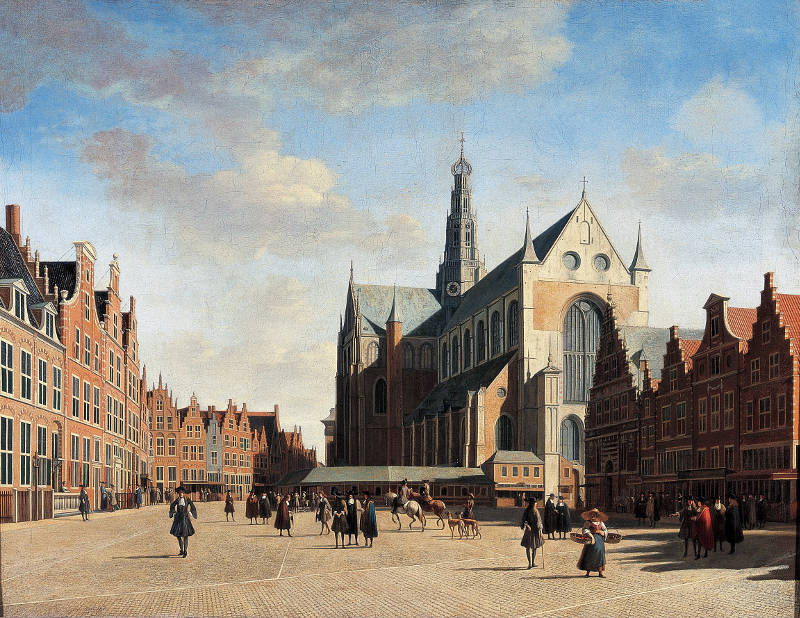
Leiden: In the seventeenth century, Leiden emerged as a significant hub in the Dutch Golden Age of painting, uniquely characterized by the fijnschilder, or "fine painting," school. This era was marked by a flourishing of the arts throughout the Dutch Republic, and Leiden's particular blend of cultural, economic, and political factors made it an especially fertile ground for artistic innovation.
At the heart of Leiden's appeal was its renowned university, established in 1575, which created an intellectually stimulating environment. This academic presence not only attracted scholars and scientists but also fostered a climate conducive to artistic and cultural pursuits. The intellectual atmosphere was a critical ingredient that influenced the themes and styles prevalent in Leiden's art scene.
Economically, Leiden thrived, particularly due to its booming textile industry. This prosperity ensured a wealthy merchant class, eager to become patrons of the arts. Artists thus found a receptive market for their work, and the economic stability allowed for a thriving and dynamic art scene. Leiden's art scene differed significantly from other Dutch art centers of the time. While Amsterdam was known for more grandiose and expressive works, Leiden's artists leaned towards a more intimate and detailed approach. The influence of the university also meant that Leiden's artists often had closer ties to scholarly circles, affecting the content and nature of their work. Economically, the city's reliance on manufacturing over maritime trade also gave its art a distinct flavor, different from the port cities like Amsterdam.
Politically, the Dutch Republic's relative religious tolerance meant that Leiden enjoyed a diverse range of art subjects. From religious themes to secular ones, and from grand historical scenes to intimate everyday moments, the artistic expression was not significantly constrained by the strictures that affected many other European regions at the time.
In this milieu arose the fijnschilder school, epitomized by artists like Gerrit Dou, a student of Rembrandt. Artists of the fijnschilder school were celebrated for their incredibly detailed and finely executed works, and highly paid. Unlike the broader, more dramatic strokes typical of Rembrandt's Amsterdam, Leiden's fine painters focused on miniature precision. Their subjects ranged from genre scenes and portraits to religious themes and still lifes, all marked by meticulous attention to detail and a refined, almost painstaking, technique.
At the forefront was Gerrit Dou (1613–1675), often considered the founder of the Leiden School. Initially a student of Rembrandt, Dou soon carved out his own niche, becoming famous for his incredibly detailed and refined technique. His works, known for their complex lighting effects and meticulous craftsmanship, ranged from genre scenes and portraits to religious and allegorical themes.
Another key figure was Frans van Mieris the Elder (1635–1681), a pupil of Dou. Van Mieris was celebrated for his fine brushwork, which he applied to create elegant and richly textured genre scenes and portraits. His ability to portray materials and textures in a lifelike manner set his work apart. Gabriel Metsu (1629–1667), though not a direct follower of Dou, was significantly influenced by the Leiden School in his early works. Metsu’s genre scenes are particularly notable for their intimate portrayal of everyday life, demonstrating a remarkable attention to detail and a sense of closeness with the subject. Godfried Schalcken (1643–1706), another student of Dou, gained fame for his masterful handling of light and shadow. He is especially known for scenes illuminated by candlelight, encompassing religious, mythological, and genre subjects, all executed with meticulous precision. Lastly, Pieter van Slingelandt (1640–1691), also a student of Dou, was known for his laborious painting method, which often resulted in a limited number of works. His genre scenes and portraits, like those of his contemporaries, were marked by a detailed and refined style.
LEIDEN PAINTERS








